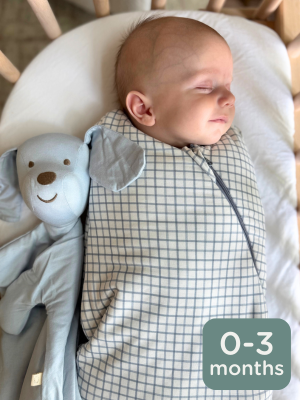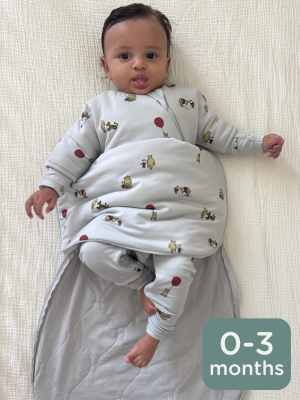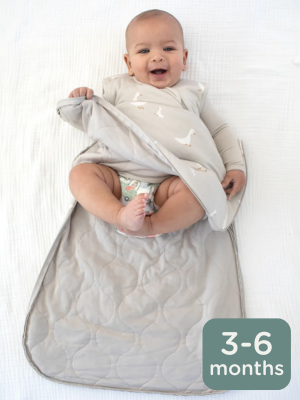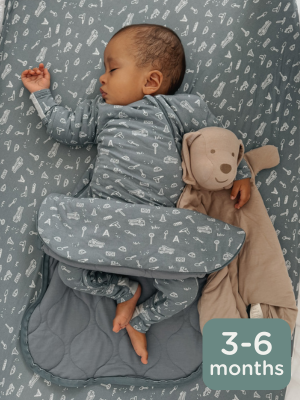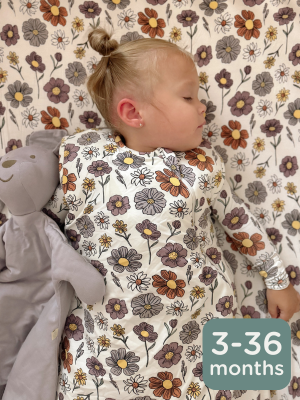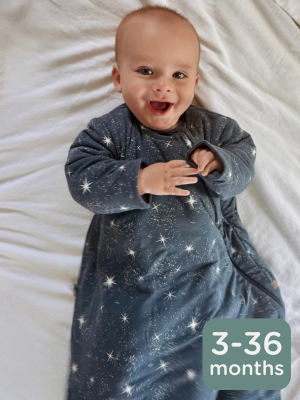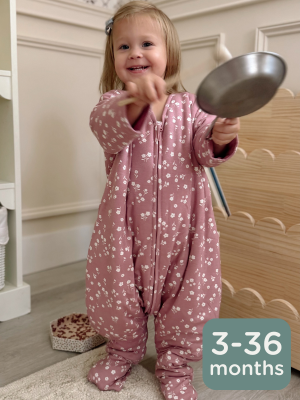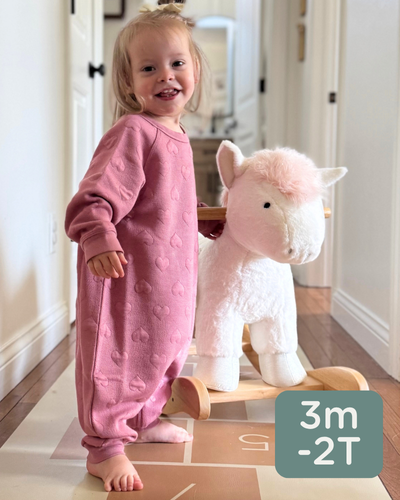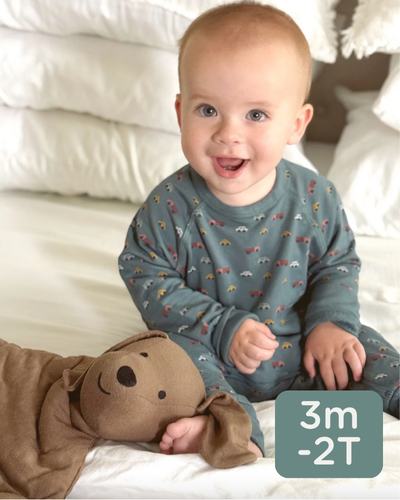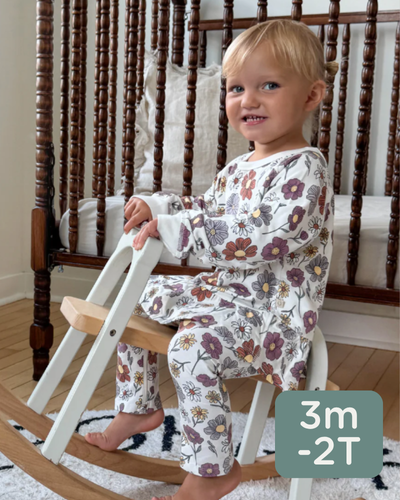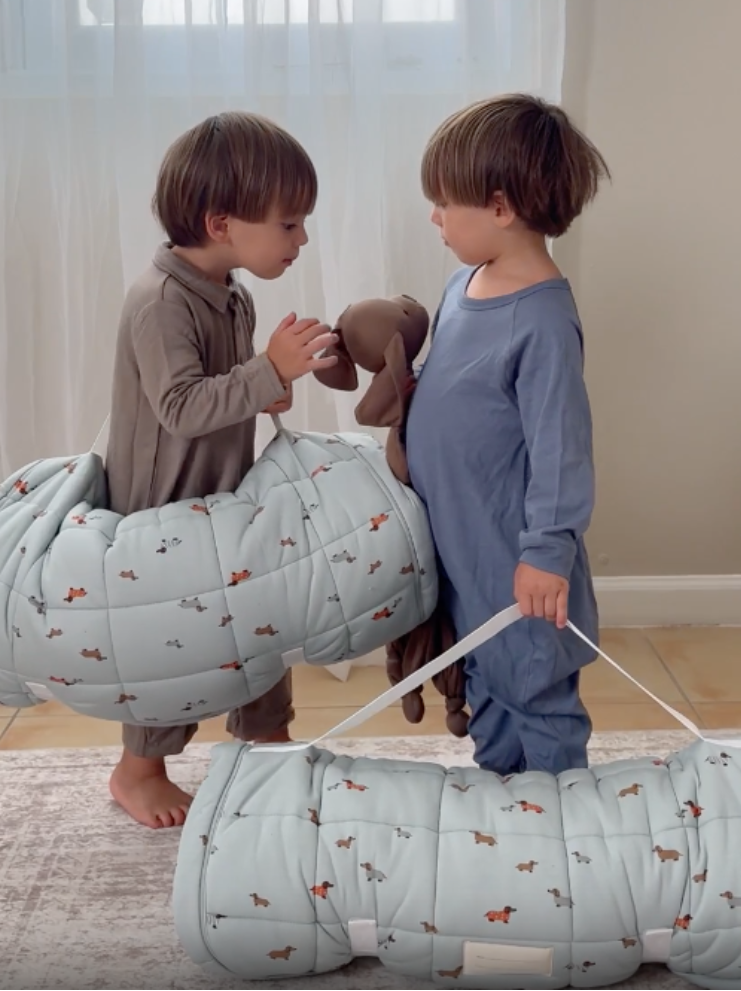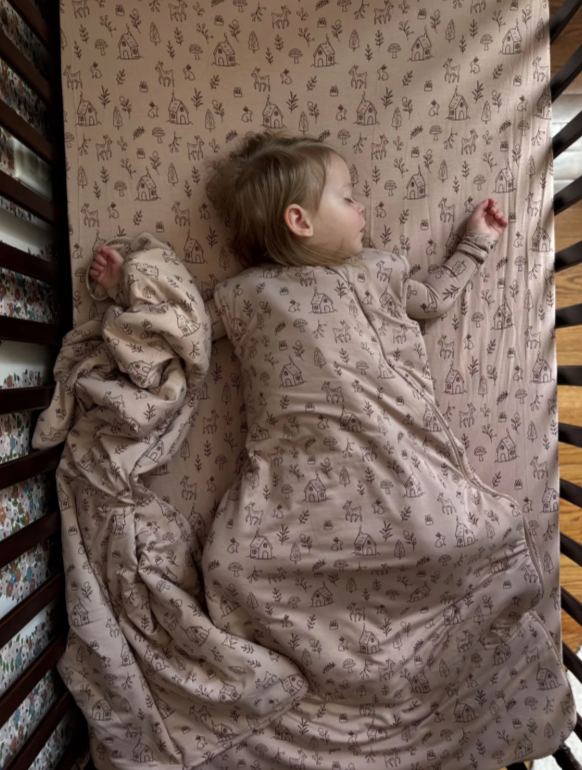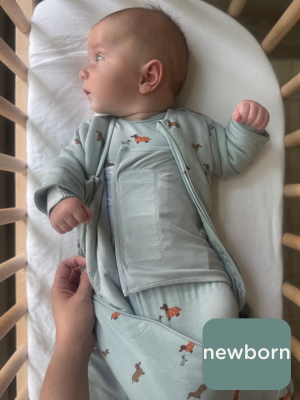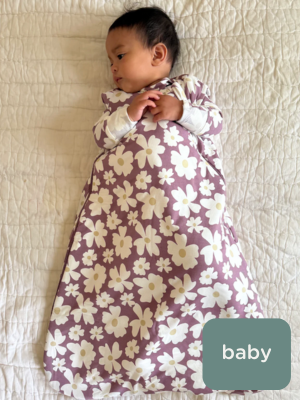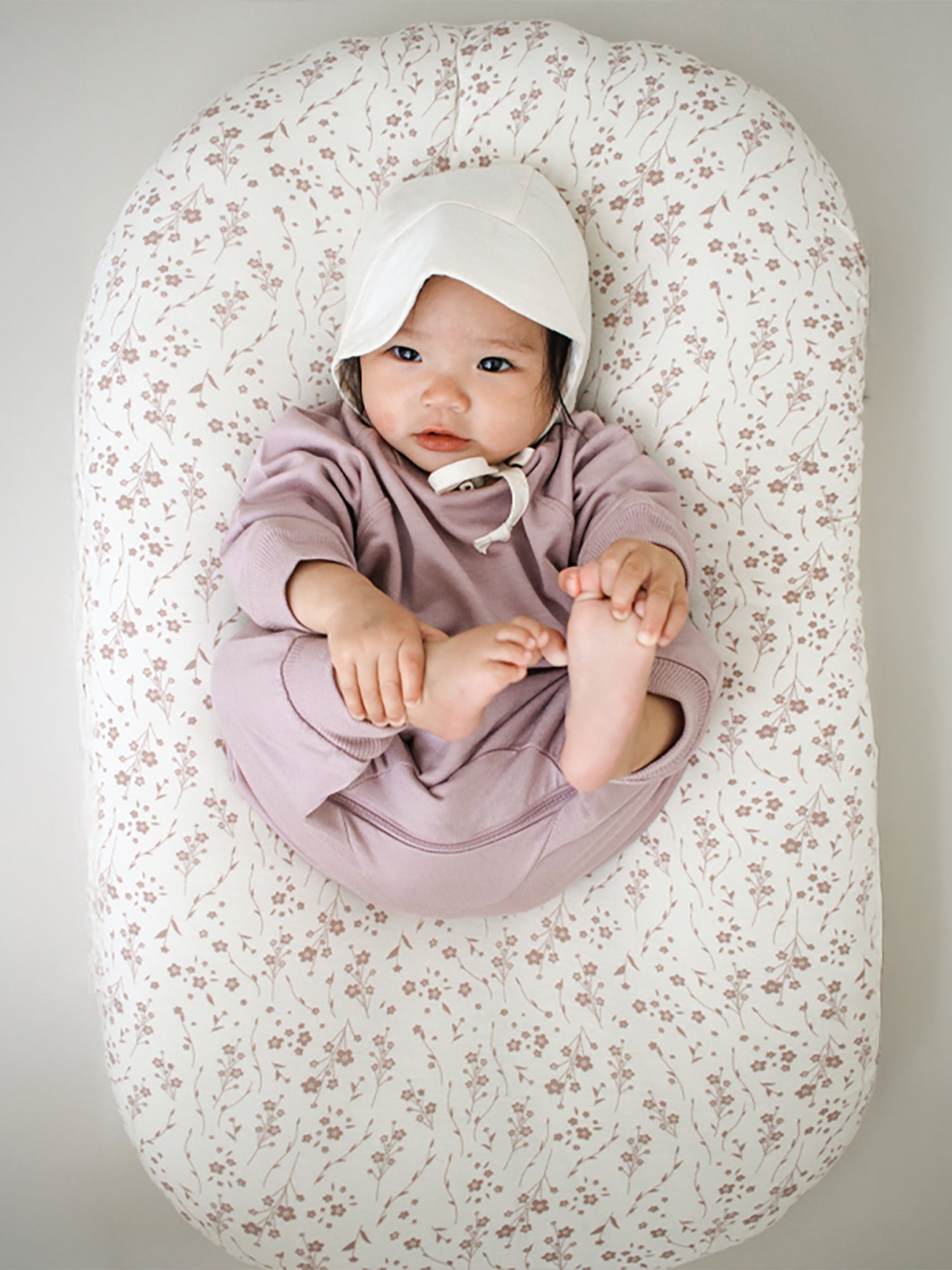If you’ve ever wondered why your baby is a happy, giggling bundle of joy one moment and a cranky, overtired mess the next—wake windows might just be the missing puzzle piece. Understanding these magical windows of wakefulness can be the key to longer naps, smoother bedtimes, and fewer middle-of-the-night wakeups.
In this guide, we’ll break down wake windows by age, why they matter, and how to use them to create a predictable and peaceful sleep routine for your little one.
What Are Wake Windows?
Wake windows refer to the optimal amount of time a baby can stay awake between naps or before bedtime without becoming overtired. This period varies as babies grow, and missing the right window can lead to either:
-
Too long of a wake window → Overtired, fussy, and fighting sleep.
-
Too short of a wake window → Not tired enough, leading to short naps or difficulty settling.
Think of wake windows as your baby’s natural rhythm for sleep. When you get the timing right, bedtime battles and nap struggles magically decrease.
Why Are Wake Windows Important?
Babies' sleep cycles are guided by circadian rhythms, which regulate when they feel awake and when they get sleepy. Properly timed wake windows help sync their internal clock, making it easier for them to fall asleep and stay asleep.
Benefits for Baby
-
Prevents overstimulation → A well-timed nap ensures a happier, more content baby.
-
Supports brain development → Good sleep strengthens memory and learning.
-
Regulates mood → Overtired babies = more meltdowns. Well-rested babies = more smiles.
Benefits for Parents
-
Easier daily planning → Knowing when your baby will nap helps you schedule your day.
-
Fewer nighttime wake-ups → Overtiredness often leads to disrupted nighttime sleep.
-
Less stress → Say goodbye to hours of rocking a wired, overtired baby to sleep.
Imagine this: You stretch your baby’s wake window just 15 minutes too long, and suddenly they’re crying, arching their back, and refusing to sleep. But when you hit the sweet spot? They drift off peacefully in minutes.
That’s the power of wake windows.
How to Calculate Wake Windows
A wake window starts as soon as your baby wakes up and ends when they’re placed in their crib for sleep. It includes feeding, diaper changes, playtime, and wind-down activities.
Simple Formula:
Wake-up time + Wake Window Duration = Nap or Bedtime
Signs You Hit the Right Wake Window:
-
Baby falls asleep easily (within 10-15 minutes).
-
Naps last an appropriate length for their age.
-
Nighttime sleep is restful with minimal wake-ups.
Common Myth: “If my baby takes too long to fall asleep, I should shorten the wake window.”
Actually, if they’re struggling to settle, they might need a longer wake window instead! Adjust based on their cues.
Wake Windows by Age: A Comprehensive Breakdown
Understanding wake windows by age can help you create a predictable routine tailored to your baby’s developmental stage.
Newborns (0–3 Months): 45–60 Minutes
-
Why? Newborns spend most of their time sleeping to support rapid growth.
-
Signs of Sleep Readiness: Yawning, staring off, fussiness.
-
Pro Tip: Swaddle sleep bags, like the gunamuna Swaddle Sleep Bag, help ease the transition to sleep by mimicking a gentle hug.
Infants (3–6 Months): 1.5–2 Hours
-
Why? Babies start staying awake for longer stretches but still need frequent naps.
-
Ideal Activities: Tummy time, baby gym, singing songs.
-
Sleep Tip: This is a great time to introduce consistent nap routines with wind-down activities. Transitional swaddles can also help bridge the gap between swaddles and traditional sleep sacks.
Babies (6–12 Months): 2.5–3.5 Hours
-
Why? Wake windows extend as babies become more active and mobile.
-
Common Challenges: Short naps can signal the need for slightly longer wake windows.
-
Pro Tip: Try a bedtime wind-down routine with dim lights, a cozy sleep sack, and a bedtime story.
Toddlers (12–24 Months): 3–6 Hours
-
Why? As babies transition to one nap, wake windows grow significantly.
-
Common Struggles: Fighting naps, resisting bedtime.
-
Solution: Balance wake windows with active play and outdoor time. Plus, toddlers can still benefit from a soothing sleep sack. gunamuna’s footie sleep bag offers a mobile-friendly solution for tots who are always on the move.
Recognizing Sleep Cues and Adjusting Wake Windows
Wake windows aren’t one-size-fits-all. While age-based guidelines give a solid starting point, the real key is watching your baby’s unique cues. Some babies naturally need more or less awake time, and their signals will tell you when they’re ready for sleep.
Common sleepy cues to watch for:
-
Slower movements or zoning out
-
Rubbing eyes, yawning, or pulling at ears
-
Sudden fussiness or clinginess
-
Arching their back or turning their head away
If your baby is rubbing their eyes and fussing before the wake window is up, try shortening it. If they’re wide-eyed and ready to play when you put them down, they may need a little more awake time.
What to Do During Wake Windows
What happens between sleep periods is just as important as sleep itself. Wake windows are the perfect time to feed, play, and engage in activities that help regulate your baby’s energy levels—without overstimulating them.
Feeding
A full, relaxed feed during a wake window can help prevent hunger-related wake-ups. For newborns, keeping them awake long enough to finish a feed can be a challenge in itself. Gentle stimulation—like tickling their feet or changing positions—can help keep them alert.
Floor Time
Movement is essential for motor development and tiring little bodies out in a healthy way. Depending on your baby’s age, this could mean tummy time, rolling practice, crawling, or simply stretching and kicking on a playmat.
Fresh Air
Natural light exposure helps regulate a baby’s circadian rhythm, reinforcing the difference between daytime and nighttime. Whether it’s a stroller walk, some time on a blanket in the backyard, or just opening the curtains wide, a little sunlight goes a long way.
Independent Play
Encouraging babies to play on their own—even for a few minutes—can support their cognitive growth and self-soothing skills. Soft books, safe sensory toys, or even a simple wooden spoon and bowl can keep little hands busy.
Wind-Down Routine
As the wake window comes to an end, easing into quieter activities signals to your baby that sleep is near. Dim the lights, lower the volume, and start a short pre-nap routine—whether it’s rocking, reading a book, or slipping them into a soft, cozy gunamuna Sleep Bag for an easy transition to sleep.
Finding a Rhythm That Works
Figuring out your baby’s ideal wake windows takes some trial and error. Some days will be easier than others—growth spurts, teething, and developmental leaps can all throw sleep patterns off course. The key is flexibility. Adjust as needed, trust your baby’s cues, and remember that wake windows are meant to make life easier, not harder.
When wake windows are dialed in just right, everything else falls into place—longer naps, smoother bedtimes, and a happier, well-rested baby.
Make every moment of your baby's routine easier with gunamuna’s thoughtfully designed collection. Designed for comfort, convenience, and better sleep, our essentials help you navigate wake windows and beyond with ease.

